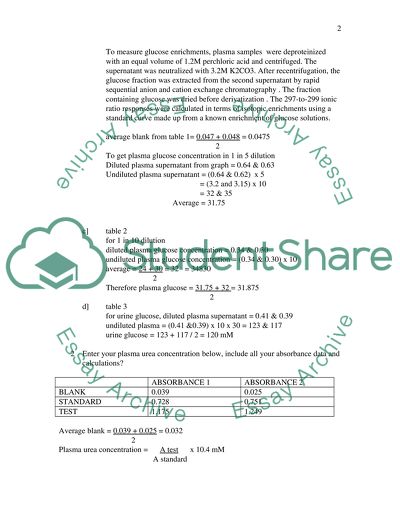Clinical Chemistry Practical Essay Example | Topics and Well Written Essays - 500 words. Retrieved from https://studentshare.org/miscellaneous/1502773-clinical-chemistry-practical
Clinical Chemistry Practical Essay Example | Topics and Well Written Essays - 500 Words. https://studentshare.org/miscellaneous/1502773-clinical-chemistry-practical.


